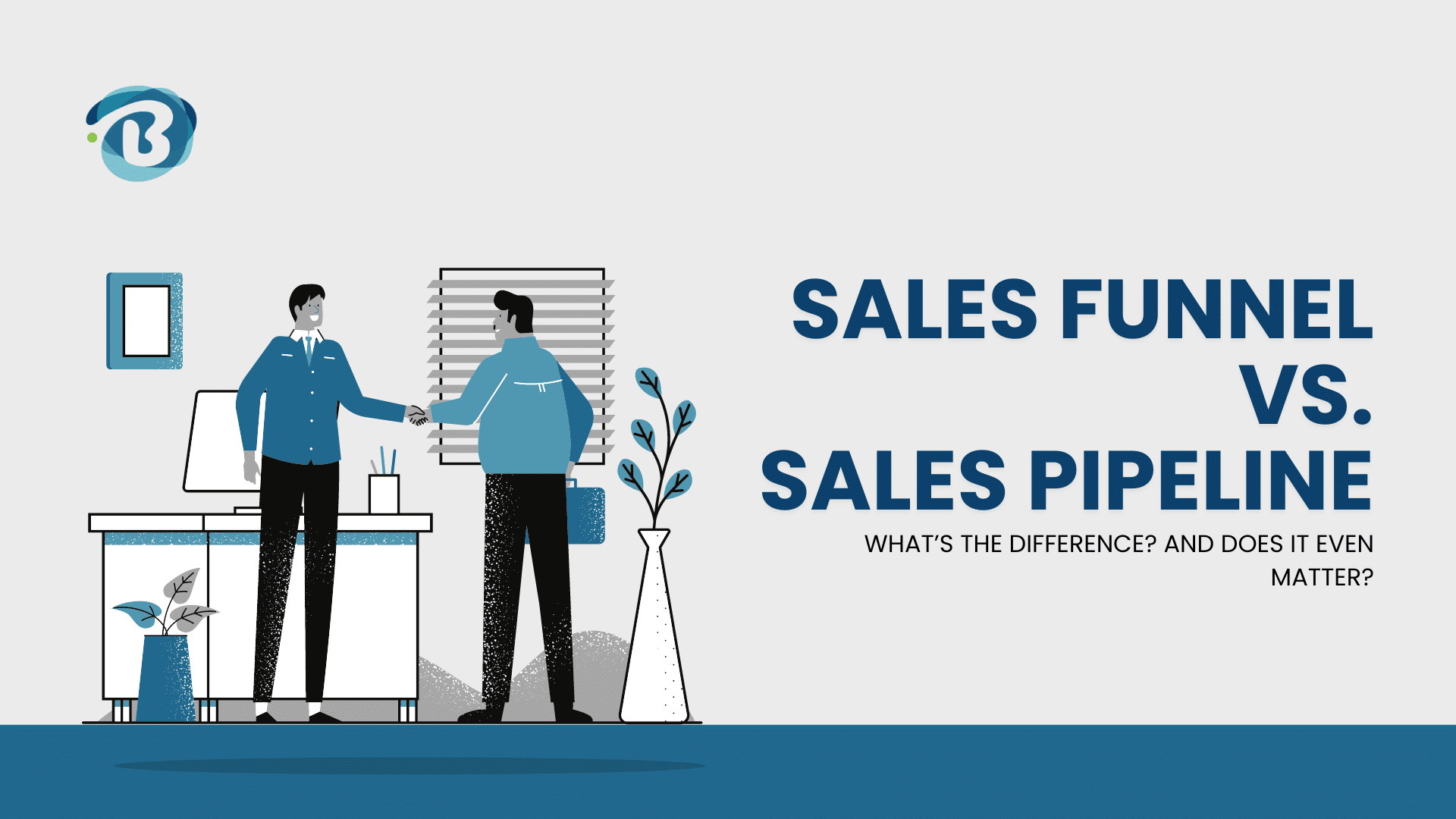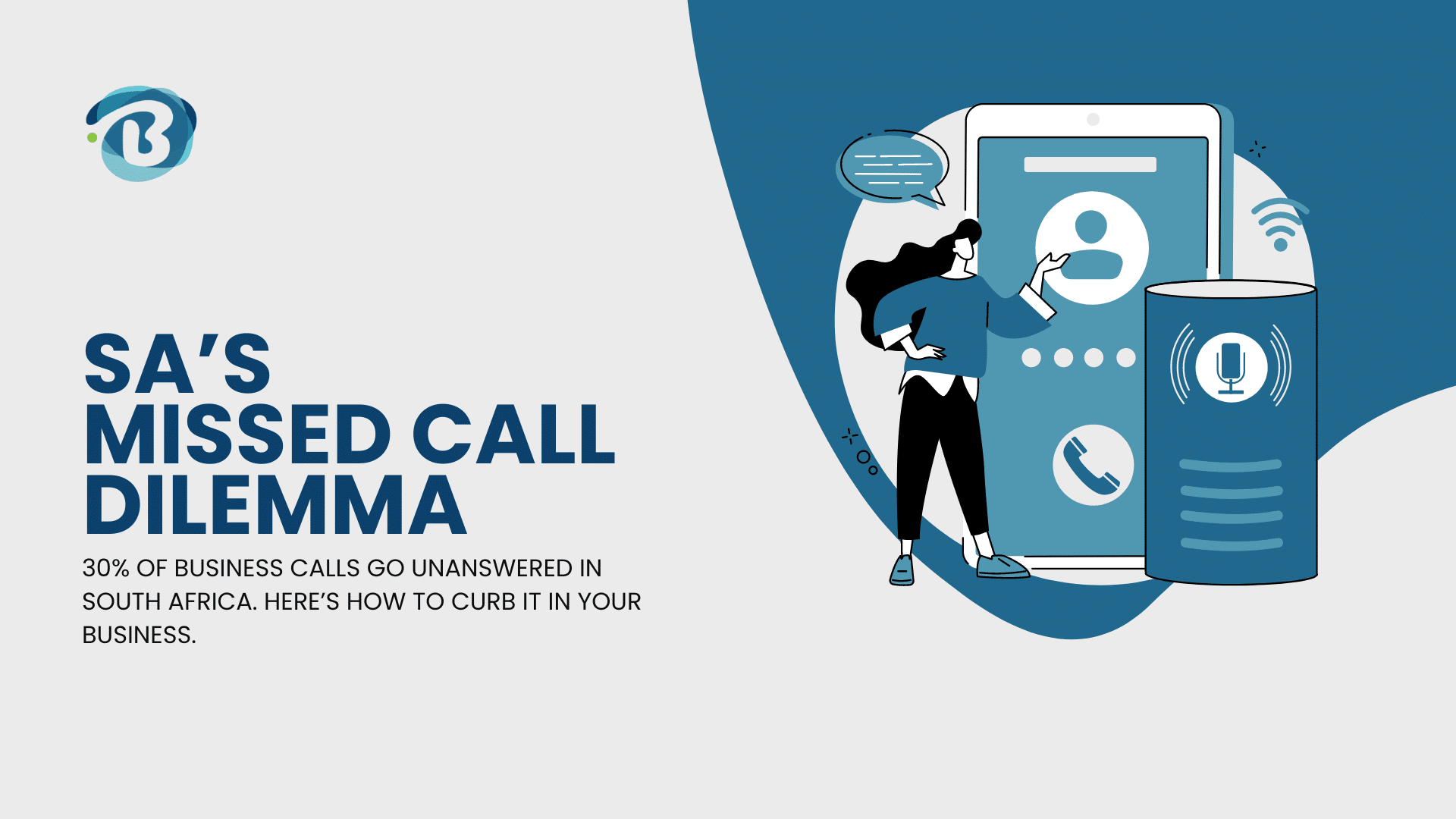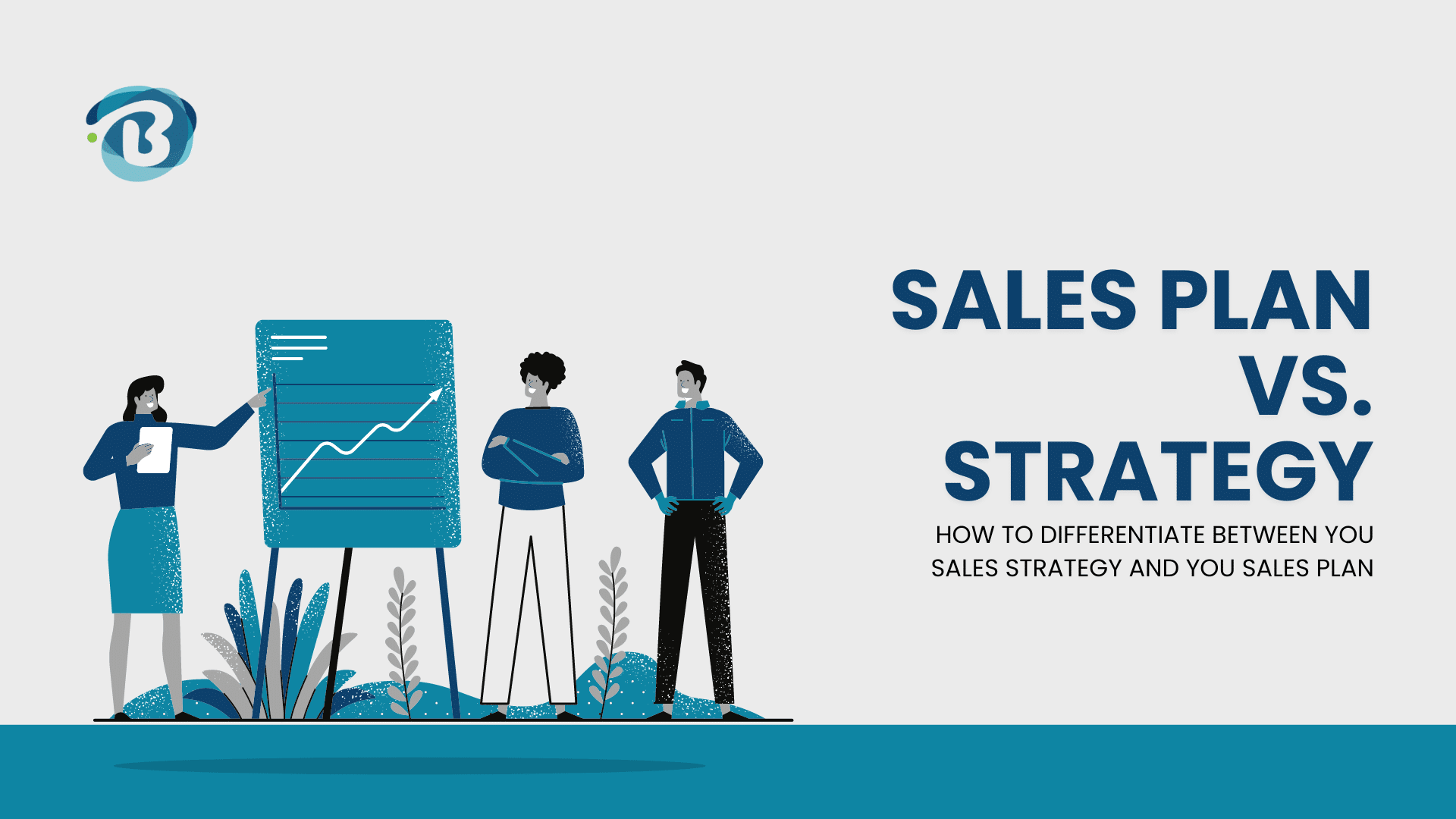In the world of sales, people often use the terms ‘sales funnel’ and ‘sales pipeline’ interchangeably.
However, they are not exactly the same thing and there is a fundamental difference between the two. Although both terms are used to describe the sales journey, they have different meanings. In this article, we will explore the differences between the two and what sets them apart along the sales process.
An Overview
In simple terms, a sales pipeline outlines the different steps that potential leads undergo during the sales process to become a customer of a business.
On the other hand, a sales funnel is a visual representation of the prospective leads that successfully move through the different stages of the sales pipeline.
Sales Funnel
A sales funnel identifies the prospective journey a potential client will go through as a lead. This entails breaking down how they become a lead and what their habits are along the journey in order to understand the potential client more and more.
This holds the end goal of the potential lead converting into a paying customer and eventually making a purchase with the business.
What are the stages of the sales funnel?
The five stages of a sales funnel include:
Awareness
The starting point of a sales funnel can be considered when a prospective client is aware of your business and its product or service. This first stage is the ‘biggest’ as it can vary depending on each case. The first interaction could be through word of mouth via a customer’s recommendation, through visiting your website or coming across the business on social media.
Initially, this prospective client may not have a problem or might not be aware of one just yet. Through awareness, they understand what is on offer and how it can help them. This comes back to the whole aim of this step: making leads aware of what product or service you have on offer and why they need it.
Multiple strategies can be implemented here, the first of which would be to have a brand message and mission statement. This should be clear and concise, outlining your service or product and how it solves a potential issue.
The aim is to understand who your target market is and outline the demographics alongside the needs and habits of this ideal client.
Possible ways of building brand awareness include creating a significant social media presence alongside a strong website. Various tools, such as SEO, can augment this to build presence and credibility online. Email marketing and in-person brand building through networking are great ways to achieve this.
Interest
Following up on the initial awareness is not just about creating brand interest; it’s about creating a pathway for a lead to learn more about your product or service and why they need it. This step is crucial as it can significantly impact your conversion rates, making the audience feel the urgency and significance of building brand interest.
This step entails developing and building a brand’s reliability, credibility, and authority. By becoming aware of your brand, a lead now understands more about how you can solve their issue through providing a product or service. Interest can take various forms, such as an email list subscription, sending a message or submitting a form, or choosing to follow you on social media and be exposed to posts.
A few strategies can be implemented to build interest, the first of which is putting out relevant, relatable and valuable content for potential customers. This can be in the form of social media posts, blog posts or general website content.
Above all, it’s crucial to understand what leads are searching for and why. This helps you cater to their needs and makes them feel valued and important. This understanding includes identifying the top keywords and the information leads are seeking through their searches. Once you have this insight, use online tools to direct more targeted traffic to your social media platforms and website.
Moreover, creating engaging content is key to fostering a connection with your audience. It’s about understanding their pain points, providing solutions, and sharing common interests. This approach makes your potential customers feel understood and heard. Promoting products or services to build interest could involve running email campaigns and retargeting campaigns to maintain interest. Blog posts and other relevant content across social media accounts can also help develop and sustain interest. And when all else fails, an excellent free trial can grab attention and pique interest.
Desire
This step involves connecting potential customers with the solution you offer and highlighting the benefits it brings for you. This solution, designed to meet their needs, requirements, and budget, is a testament to our understanding of their unique situation. By creating desire, we aim to develop trust in the brand and its offering, making them feel understood and catered to.
Your brand will be among many appearing in the search results, so the aim is to ensure you stand out and define what sets you apart from the rest. This can be further reinforced through great client reviews on the products and services offered. This builds further rapport, trust, and value surrounding the brand.
Various strategies to create desire could include social media posts, online ads, and landing pages that feature lead magnets. These lead magnets, such as free trials and samples, subscriptions to e-books, emails and newsletters, and online events, are designed to provide value and make potential customers feel valued and appreciated. They are not just promotional tools but a way to engage and involve leads meaningfully.
Possible ways of promoting your product or service to create desire include having client reviews and testimonials on offer or even relevant case studies to portray previous wins. You can also develop product desire by offering product specs and comparisons along a client’s decision-making process.
Action
Here, a customer is taking action and deciding to make a purchase. The company aims to meet the customer’s needs, requirements, and expectations.
To augment the experience at this stage, your company can include demonstration or tutorial material to help the client. You can also find ways to offer added support and value along their journey of committing to your product or service.
The strategy here would be to build and nurture a relationship with relevant, engaging emails sent consistently. Include quick and helpful follow-ups on any questions and queries potential customers might have to help them make a decision.
You can also run specials, offer discounts through promo codes, or create packages to provide an irresistible deal. Offering live demonstrations of how to use products can be a great way of helping a customer take action. This could even be through Q&A sessions and consultations to help meet their needs.
Loyalty
With loyalty, the name of the game is retention, which comes down to rapport, trust, and loyalty. Booming sales in the long term comes down to retention, which entails repeated sales from customers and less money spent on acquiring new leads. The main thing to remember is that sustained customer satisfaction comes with sustained customer purchases.
Various strategies can be implemented at the loyalty stage, and among these, promotion strategies shine. Reward programs and loyalty memberships, coupled with enticing discounts, are powerful tools that not only retain customers but also build loyalty. These strategies have proven their effectiveness time and again, giving you confidence that you can retain your valuable customers.
Customer service is one of the most crucial elements in ensuring sustained loyalty, and more specifically, customer support at every step. This support should be responsive, helpful, and genuine, showing your customers you care. Remember, it’s not just about the initial purchase but the journey you take with your customers.
By checking in regularly, even after a purchase has been finalised, through email retargeting campaigns, follow-ups, and customer satisfaction check-ins, you can empower yourself to foster loyalty.
Sales Pipeline
A sales pipeline breaks down the different sales process steps from the beginning to the end. This includes great attention to detail in laying out everything from the actual acquisition of the lead to gaining a potential client to eventually closing the sale.
A sales pipeline represents the multiple stages of taking a consumer from a lead to a customer. And so, in its function, a sales pipeline outlines the steps of the sales process implemented by a business.
What are the stages of a sales pipeline?
The Seven Main Sales Pipeline Stages
With potential clients starting as leads, they follow a process facilitated by the sales pipeline. This takes them from the initial discovery of a brand, product or service to the sales and then further as they convert into returning customers. There are seven key stages of a sales pipeline stages which include:
Prospecting – This is the stage where potential customers are finding out about the business. This happens through PR, adverts and word-of-mouth. Here, techniques to specifically target a particular market of potential buyers will be applied as a means of prospecting.
Lead Qualification – Here, the purpose is to discover which leads are not only interested in the product/service but also would commit to purchasing. In this, leads will be offered lead magnets (such as a free offer, an e-book etc.) to gauge how much they qualify.
Meeting or Demonstration – In this step, the business is introduced on a personal level to potential buyers. This could be in the form of a meeting or demonstration to show how your products or services can solve their problems. Furthermore, it entails assessing whether, after the introduction, a proposal should be formed in the next step.
Proposal – In this stage, the whole focus is presenting how your product or service meets the needs and requirements of the potential customer to solve their issues. This is, in turn, a summary of what sets you apart from competitors and how you aim to deliver the best service to the client at your given price.
Negotiation and Commitment – Here, it is all about finding the best possible agreement for both you as the business and the customer as the buyer. You can potentially make pricing adjustments, increase or decrease the magnitude of work, or change expectations to create a best-fit agreement for both parties involved.
Opportunity won – At this point, the sale has been closed, and the customer receives the product or service.
Post-purchase – This stage is all about maintaining the quality that hooked the lead in the first place. Keeping customer service consistent, helpful and trustworthy from the get-go makes it easy to maintain post-purchase. Once a customer is committing, or even once they have been onboarded, cross-selling can happen at a great success rate. You can also upsell them on added services or more premium solutions.
At this stage, you can also ask for reviews and testimonials from existing clients. Another thing to consider post-purchase is contract expiration, which can entail options to renew.
Key Differences
By now, we’ve established that a sales pipeline focuses on the market of the business, aiming at understanding how to navigate each step of the sales process. It breaks down the entire sales journey from start to finish, seeking to gauge the point of view of a prospect, from initial interest to engage with the sales team.
On the other hand, a sales funnel is considered to be the set of actions undergone by the sales team to acquire, convert and close on a lead.
BaseCloud CRM For Sales Processes
Setting up the right steps in your sales funnel and pipeline can often become overwhelming, but this is where CRM software comes in.
BaseCloud CRM enables businesses like yours to have seamless sales processes from start to finish. Allowing you to stay on top of every lead, team member, and stage along the journey, CRM is a seamless way of having an overview and full access to every aspect of your sales.
Simplifying the process for your business, the power of automation allows you to ensure your sales funnel and sales pipeline are foolproof from the get-go. Let us show you what BaseCloud CRM can do for your business and its sales potential. If this is something you are interested in to allow your business to grow like never before, get in contact with us today.




